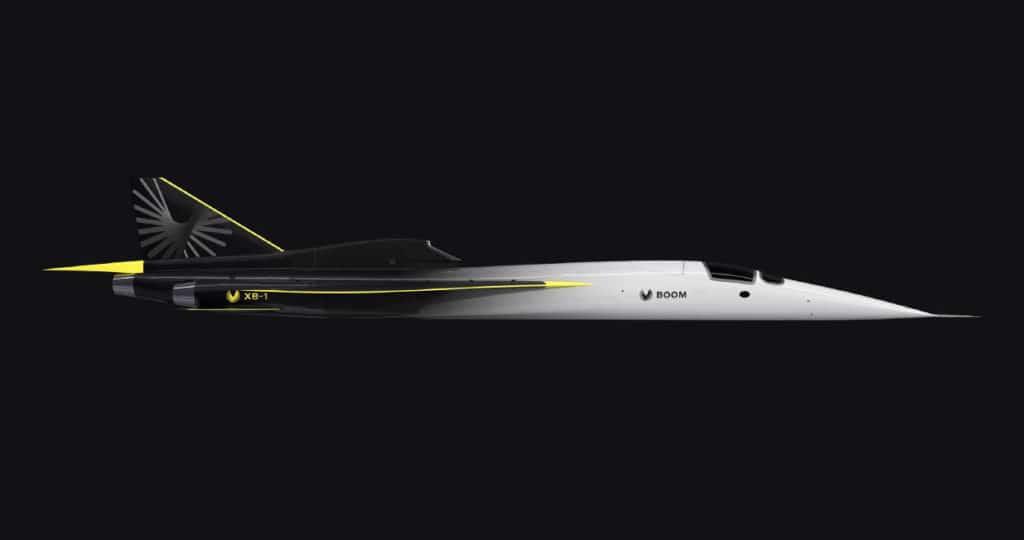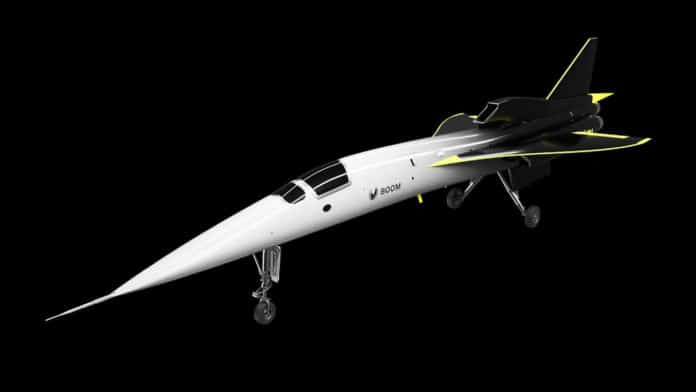Boom Supersonic, an American startup company, is gearing up for the roll-out of the XB-1, a one-third-scale trijet supersonic demonstrator that will help pave the way for supersonic passenger transport. The aerospace company announced that it will present Boom XB-1, designed as part of the development of the Boom Overture supersonic transport airliner, on October 7, 2020, with test flights beginning in 2021.
For the first time since Concorde, a new supersonic civil aircraft will be unveiled. The XB-1 is the first step in bringing supersonic travel around the world again. There have been no supersonic passenger flights since the Concorde, the first aircraft in its category, made its last trip in 2003.

The XB-1 is a prototype that is intended to demonstrate the key technologies that will be used in the Overture, such as construction using advanced aerodynamic design, carbon composite material, and high-efficiency propulsion for safe, efficient, and sustainable supersonic flight.
If everything goes as planned, the Overture, which is very similar in appearance to the iconic Concorde, should start operating on commercial flights in 2030. The aircraft will carry 55 to 75 passengers (against 92 to 128 passengers on the Concorde) at up to twice the speed of sound. It is planned to maintain Mach 2.2 (about 2,716 km/h), with over 1,000 nmi (1,900 km) of range. The vehicle is powered by three 3,500 lbf (16 kN), non-afterburning J85-15 engines.
The aircraft is being designed with the latest noise reduction technologies , but will only fly at supersonic speed over the oceans, to prevent the “sonic boom” from disturbing inhabitants of populated areas.
